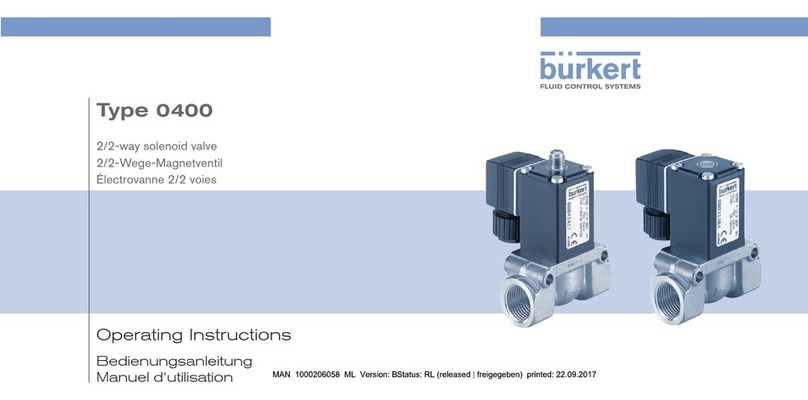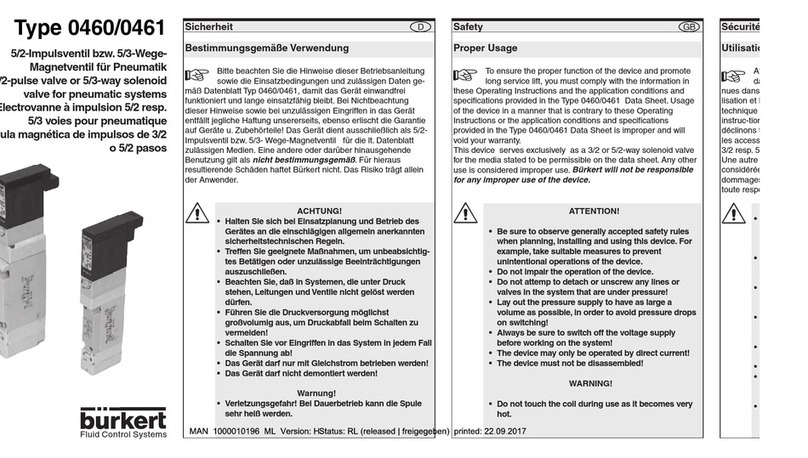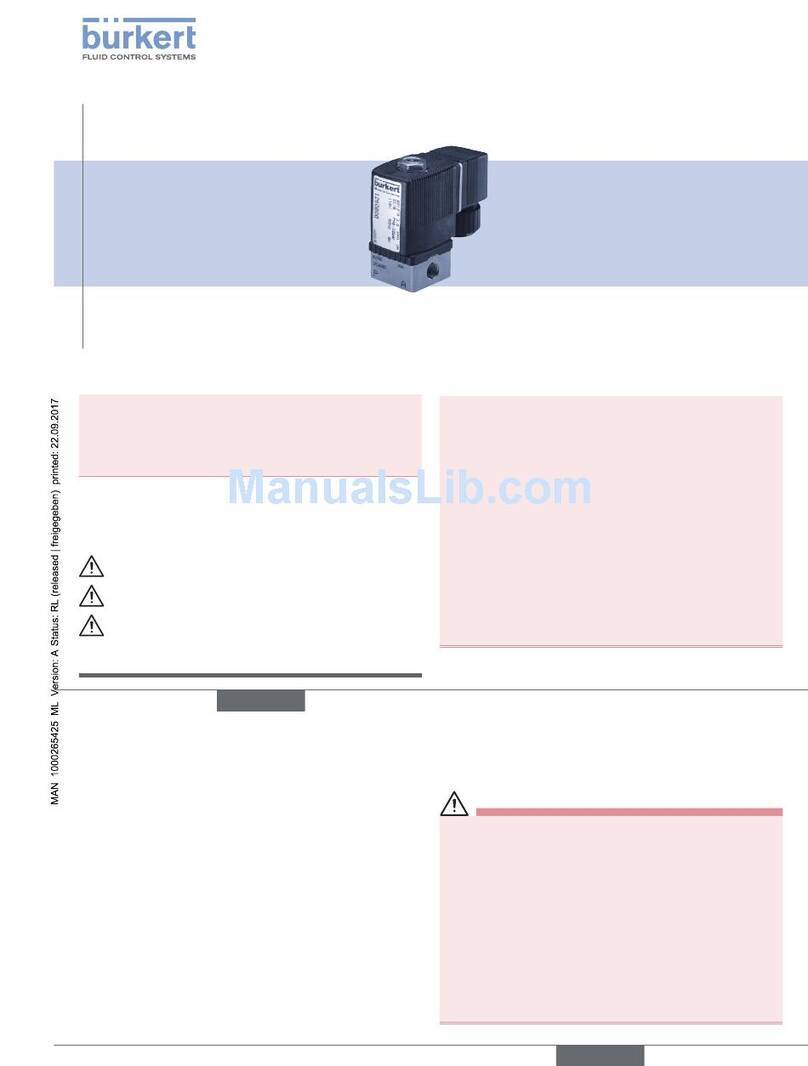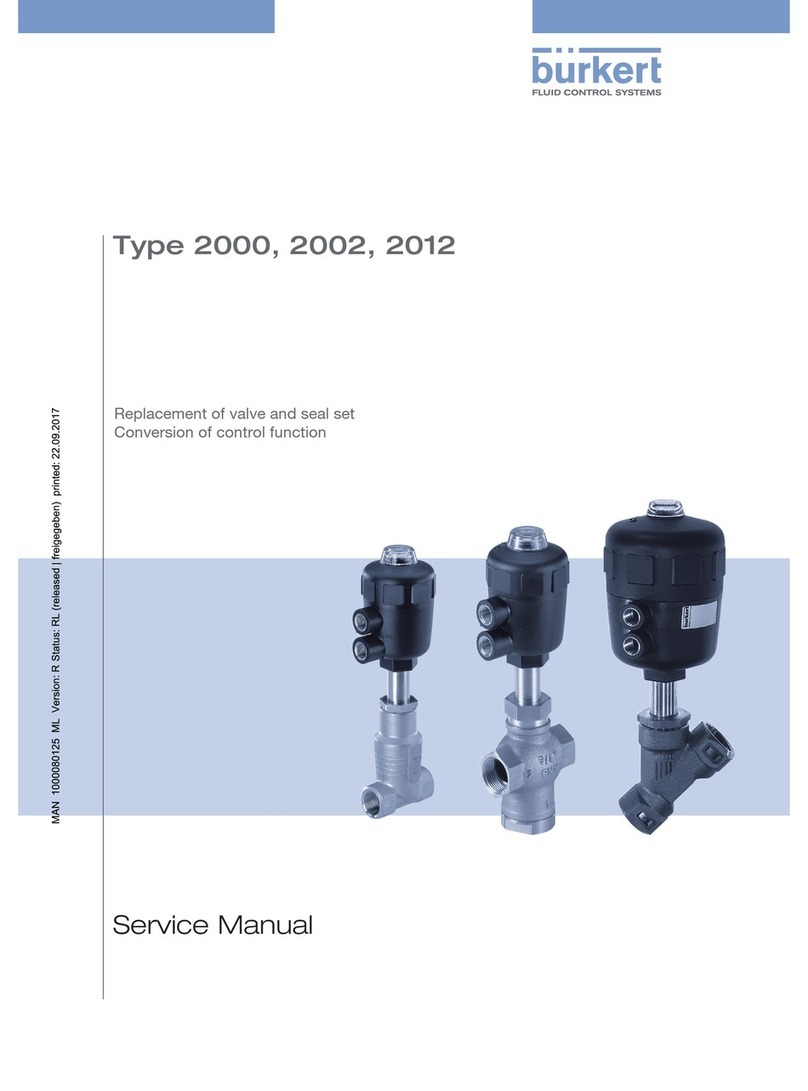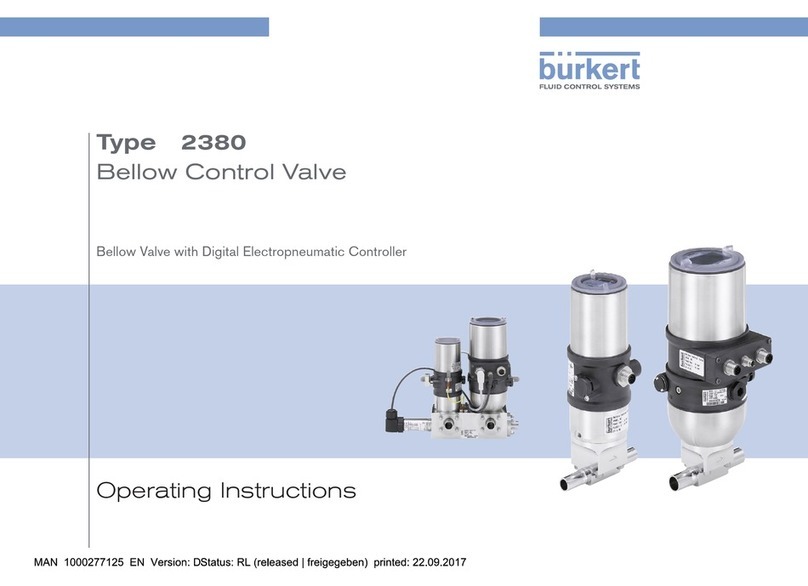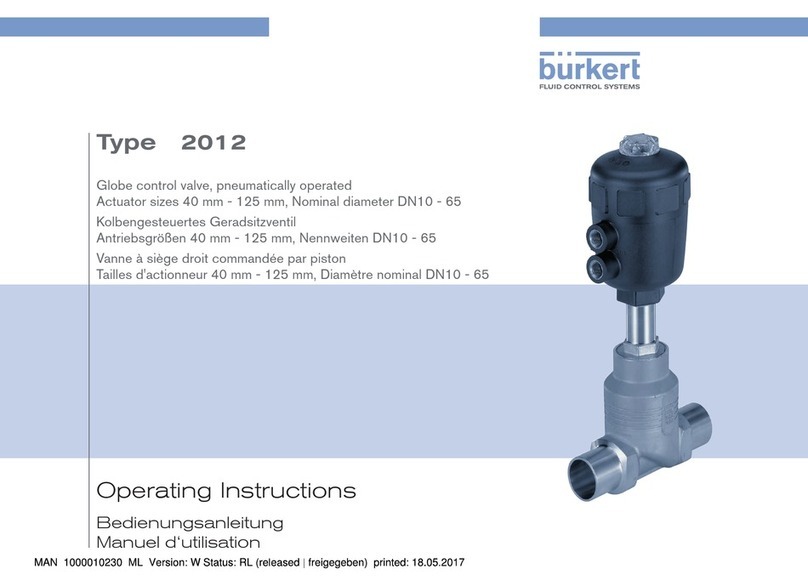3
1 OPERATING INSTRUCTIONS ................................................................4
1.1 Symbols ....................................................................................... 4
1.2 Definition of the term "Device" ............................................... 4
2 AUTHORIZED USE ......................................................................................5
3 BASIC SAFETY INSTRUCTIONS ..........................................................5
4 GENERAL INFORMATION ........................................................................6
4.1 Contact addresses ...................................................................6
4.2 Warranty ...................................................................................... 6
4.3 Information on the Internet ...................................................... 6
5 PRODUCT DESCRIPTION ........................................................................7
5.1 General description ..................................................................7
5.2 Properties ....................................................................................7
6 STRUCTURE AND FUNCTION...............................................................8
6.1 Structure ...................................................................................... 8
6.2 Function ....................................................................................... 8
7 TECHNICAL DATA ..................................................................................... 11
7.1 Conformity .................................................................................11
7.2 Standards ..................................................................................11
7.3 Approvals ..................................................................................11
7.4 Type label ..................................................................................11
7.5 Operating conditions ..............................................................11
7.6 General technical data ...........................................................16
8 ASSEMBLY ....................................................................................................17
8.1 Safety instructions ...................................................................17
8.2 Before installation ....................................................................17
8.3 Installation .................................................................................18
8.4 Pneumatic connection ............................................................20
9 START-UP ......................................................................................................21
9.1 Control pressure ......................................................................21
9.2 Flow direction above the seat ..............................................21
9.3 Flow direction below the seat ..............................................22
10 DISASSEMBLY ............................................................................................ 22
11 MAINTENANCE, TROUBLESHOOTING ......................................... 23
11.1 Safety instructions ...................................................................23
11.2 Maintenance work ...................................................................23
11.3 Malfunctions .............................................................................24
12 SPARE PARTS.............................................................................................25
12.1 Replacement part sets ...........................................................25
13 REPAIRS.........................................................................................................28
14 PACKAGING, TRANSPORT, STORAGE ..........................................28
